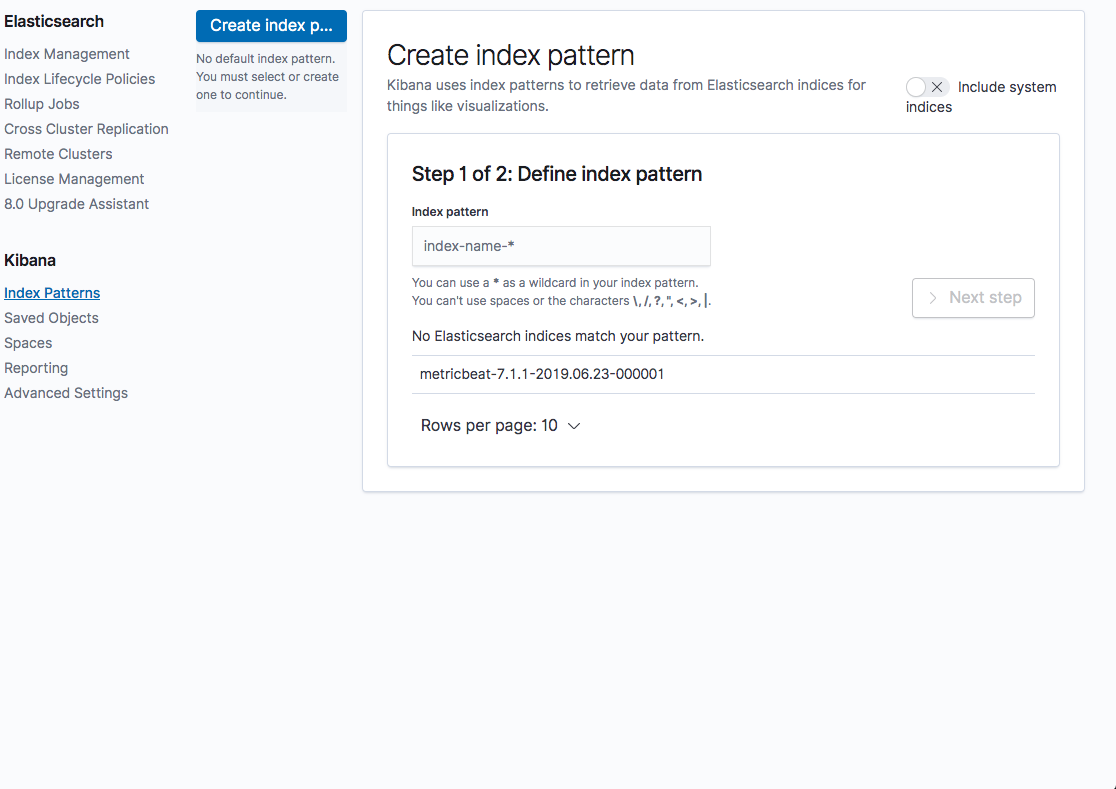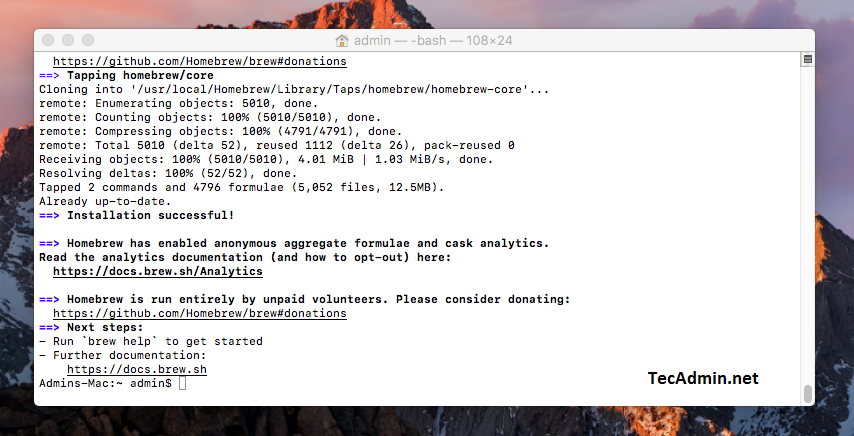Today I’d like to announce Homebrew 2.6.0. The most significant changes since 2.5.0 are macOS Big Sur support on Intel, brew commands replacing all brew cask commands, the beginnings of macOS M1/Apple Silicon/ARM support and API deprecations.
This is a step-by-step guide of how to install the Homebrew Channel on your Wii console. The methods described in this tutorial covers the Smash Stack, Yu-Gi-OWNED!, Bathaxx, Return of the Jodi, Indiana Pwns, Eri HaKawai and Letterbomb exploits as these are the only methods working for 4.3; other methods of installing the Homebrew Channel for users with older System Menus are Bannerbomb. Installing packages with Homebrew To install a package via Homebrew, you simply need to type the “brew install” command, followed by the formula name for the package you want to install.

Major changes and deprecations since 2.5.0:
- macOS Homebrew running natively on M1/Apple Silicon/ARM has partial functionality. We recommend installing into
/opt/homebrewand forbid installing into/usr/local(to avoid clashing with the macOS Intel install and allow their usage side-by-side). We currently recommend running Homebrew using Intel emulation with Rosetta 2. brew tap-newwill set up GitHub Actions workflows toupload to GitHub Releases. Read the blog post for more documentation.
Other changes since 2.5.0 I’d like to highlight are the following:
Finally:
- Discourse and IRC are now deprecated as official communication methods in favour of GitHub Discussions.
- Homebrew accepts donations through GitHub Sponsors and still accepts donations through Patreon. If you can afford it, please consider donating. If you’d rather not use GitHub Sponsors or Patreon (our preferred donation methods), check out the other ways to donate in our README.
Thanks to all our hard-working maintainers, contributors, sponsors and supporters for getting us this far. Enjoy using Homebrew!
The easiest way to install a number of Unix style applications and open source software onto macOS Big Sur, Catalina, Mojave and earlier Sierra OS versions is via a package manager, unfortunately, macOS Big Sur doesn’t come with one, but fortunately, some good folks care, they come in the form of Homebrew.
The install of Homebrew also works on macOS Catalina, macOS Mojave, (High)Sierra, El Capitan, and Yosemite, so macOS 10.10 – 10.14
Homebrew isn’t the only option, also available is MacPorts and Fink but Homebrew is the newest and most popular of the trio.
Install Homebrew
To download install Homebrew run the install script on the command line as below and let the script do its thing:
Where Does Homebrew Install
If you don’t have Apples Xcode Command Line Tools installed it will alert you to that it will install it and carry on with the Homebrew installation and download the Command Line Tools you will need to enter your admin password at some point.
Then Homebrew is installed.
After this Homebrew is installed and ready to install other apps.

To get started run brew help can give some command example usage.
To check for any issues with the Homebrew install run:
One issue that typically comes up is an outdated or missing version of Xcode.
For the latest macOS, brew doctor will warn that the Homebrew install won’t be 100% if Xcode is not up to date, so update Xcode from the App Store.
To search for an application:
To install
To list all apps installed by Homebrew
To remove an installed application
To update Homebrew itself
To see what packages are out of date but not to upgrade them
To see what upgrade packages all or singular

To hold a package at a certain version
To release a package from a certain version
To see what else you can do
Installing Homebrew Without Sudo
Where does Homebrew install stuff …. in the Cellar
Where the brew lives.
You can see your Homebrew configuration by running
Installing Homebrew On Mac Big Sur
The output should be similar to …
All installations via Homebrew are filed independently in the filing system in /usr/local/Cellar and linked into /usr/local/bin which is a directory which allows you to run these commands and apps as if part of the regular operating system.
Installing Homebrew 3ds
This directory is also out of the SIP bounds so there should be no authentication macOS error dialog boxes.
Remove Home-brew and all packages
Installing Homebrew Launcher On Nand
To remove the Home-brew installation and all packages it has installed..
HomeBrew is a great package manager just start installing some apps and explore.!
